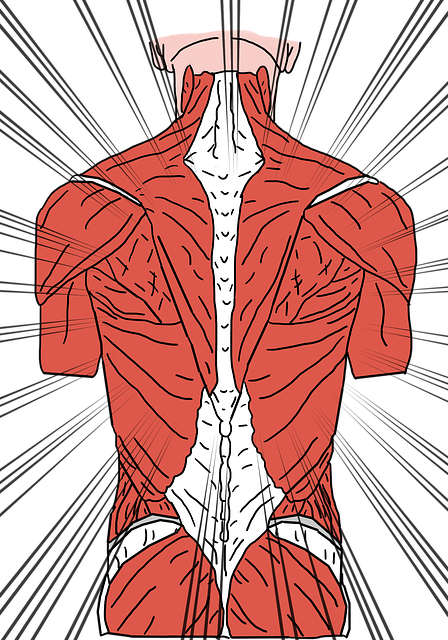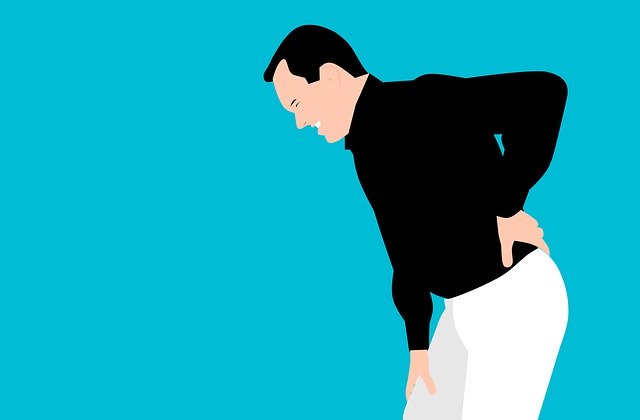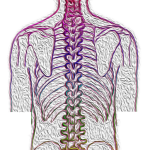RED FLAG SIGNS FOR BACK PAIN
Overview
Yellow flags are pyschosocial factors shown to be indicative of long term chronicity and disability: A negative attitude that back pain is harmful or potentially severely disabling. Fear avoidance behaviour and reduced activity levels. An expectation that passive, rather than active, treatment will be beneficial.




